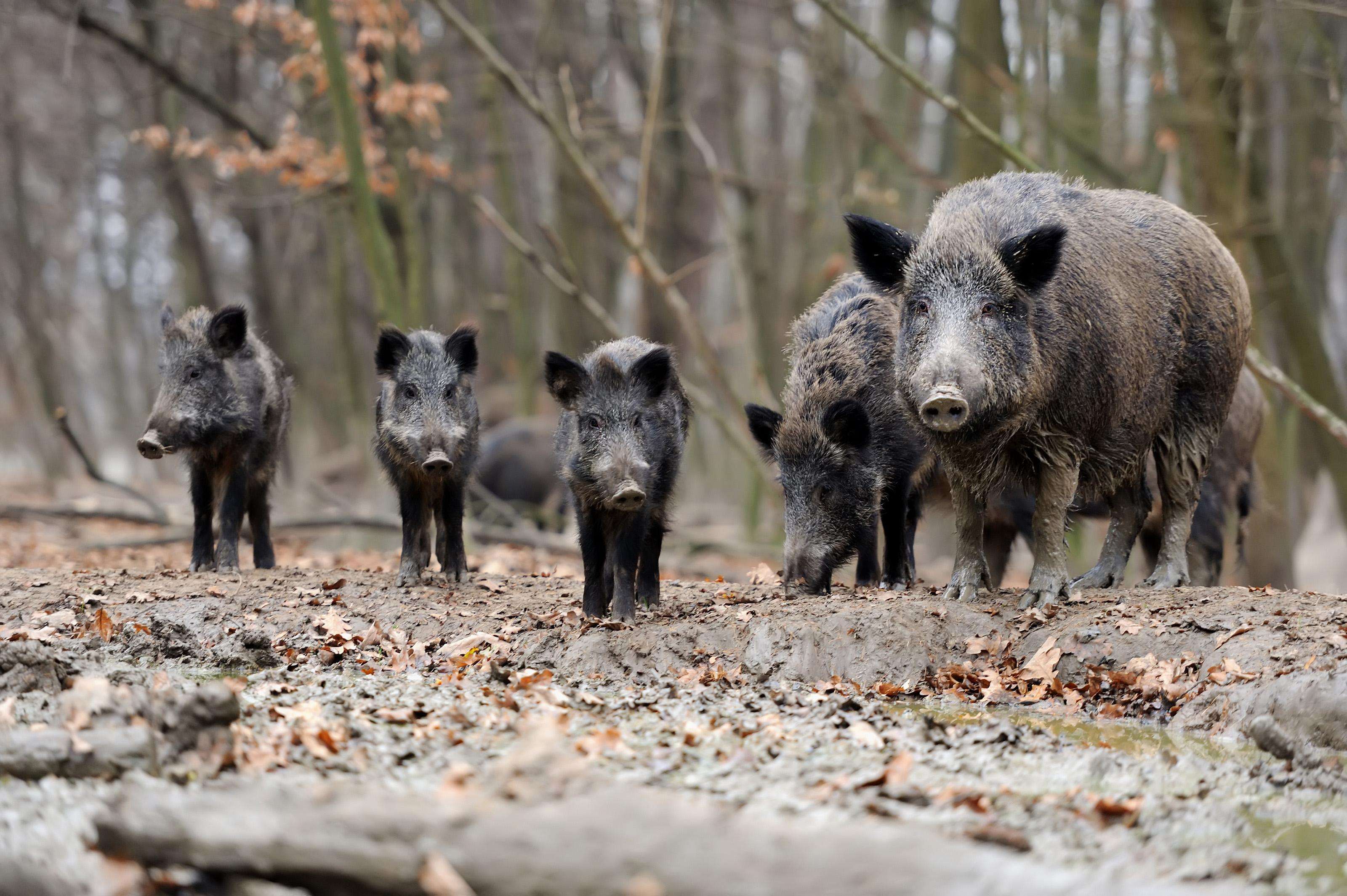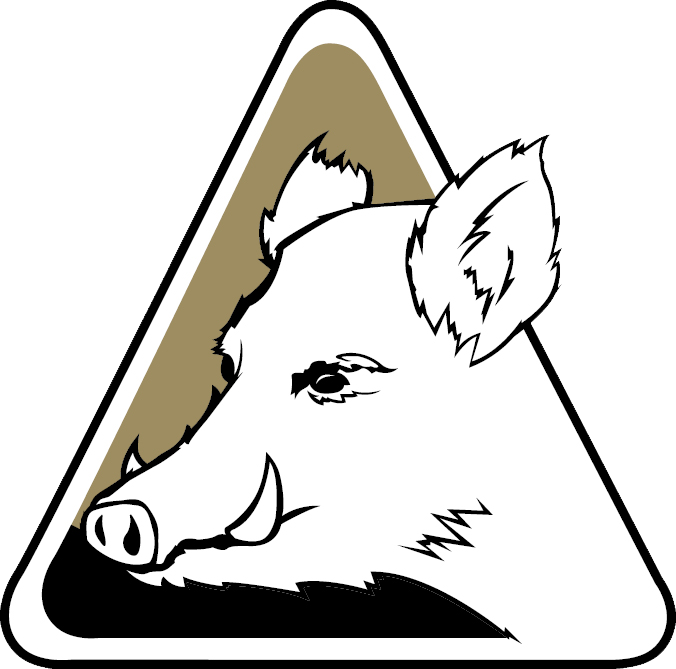APHIS evaluated a range of alternatives for a nationally coordinated feral swine damage management program. We selected the Integrated APHIS National Feral Swine Damage Management Program, a nationally coordinated response to reduce and, in some areas, eliminate the risks and damage inflicted by feral swine to agriculture, property, natural and cultural resources, and human health.
Final Environmental Impact Statement and Record of Decision
APHIS serves as the lead federal agency in a cooperative effort with other agency partners, Tribes, organizations, and local entities that share a common interest in reducing or eliminating problems caused by feral swine. The program is implemented according to applicable Federal, State, Tribal and local laws, and in accordance with local management objectives for feral swine. The selected alternative is also the environmentally preferable alternative.
Program activities are implemented in all or most States and Territories where feral swine occur. In states where feral swine are an infrequent occurrence or populations are low, APHIS cooperates with local and State agencies and Tribes to implement strategies to eliminate feral swine. In areas with established or high density swine populations, APHIS works with Tribes, and Territory, State and local agencies and organizations to meet locally determined management objectives, which may include reducing statewide populations or eliminating swine from specific locations. Key program components are threefold and include:
- Baseline operational capacity to allow APHIS, Wildlife Services State programs to build infrastructure and offer cost-share opportunities to address feral swine damage in States, Territories and Tribal lands with feral swine.
- National projects including strategic allocation of resources to reduce the range and size of the national feral swine population, research, risk analysis, outreach and education, coordination with Canada and Mexico, monitoring and other activities that support feral swine management objectives.
- Strategic projects at the local level to address specific vulnerable areas.
Multiple alternatives were compared by assessing their effects on a number of potentially affected environmental resources and issues:
- Effects on threatened and endangered animals and plants and critical habitats.
- Effects on other non-target animals.
- Effects on soils, vegetation and water quality.
- Odor/air quality impacts.
- Effects on recreation including opportunities for hunting feral swine as well as other game species, effects on the aesthetic enjoyment of the nature, and disturbance to recreationists.
- Climate change impacts.
- Effects on human health and safety.
- Socio-cultural impacts including cultural/historic resources, effects on Tribes, traditional cultures and ceremonial values, and humaneness and ethical perspectives.
- Economic effects.
Lead and Cooperating Agencies
APHIS is the lead agency under the National Environmental Policy Act (NEPA), which means that APHIS is responsible for the content of the Environmental Impact Statement (EIS) and any resulting decisions. The following agencies and organizations served as cooperating agencies in the development of the EIS: USDA Forest Service, U.S. Department of the Interior (DOI) Bureau of Land Management, National Park Service, and National Invasive Species Council, Association of Fish and Wildlife Agencies, and National Association of State Departments of Agriculture. The USDI Fish and Wildlife Service and USDA Natural Resources Conservation Service also participated.
National Environmental Policy Act Process
Research for the Environmental Impact Study began early in the NEPA process and involved cooperating agencies, the general public, Tribal governments, APHIS stakeholders, and minority and historically underserved communities. APHIS held a public scoping meeting in May 2013. Input from scoping meetings was used to help develop the content of draft EIS. APHIS released its draft EIS in December, 2014 for a 45-day public comment period. After careful consideration of the public comments, APHIS released the final Environmental Impact Statement on June 6, 2015. The FEIS was available for public inspection for 30-days prior to the release of the record of decision.
More Information
For more information about APHIS’ National Feral Swine Damage Management Program, contact the APHIS Wildlife Services program in your State by calling 1-866-4USDA-WS (866-487-3297) or use our Wildlife Services Directory.
View Full Document: Record of Decision for Feral Swine Damage Management Program



